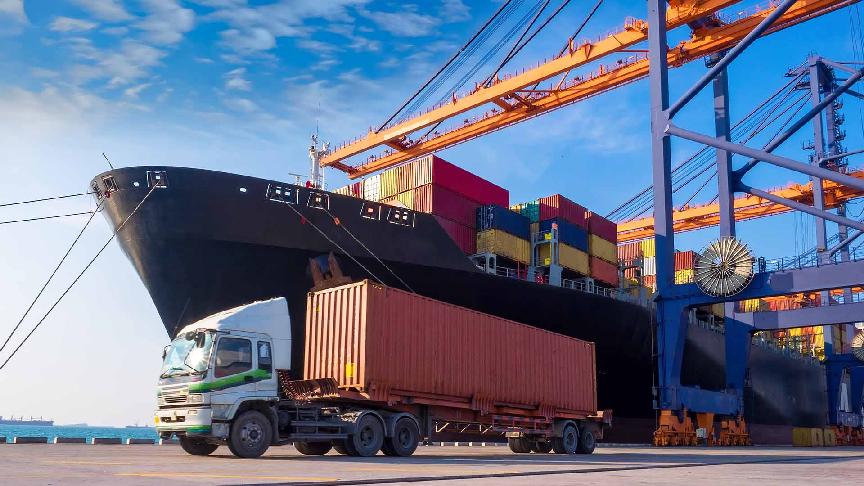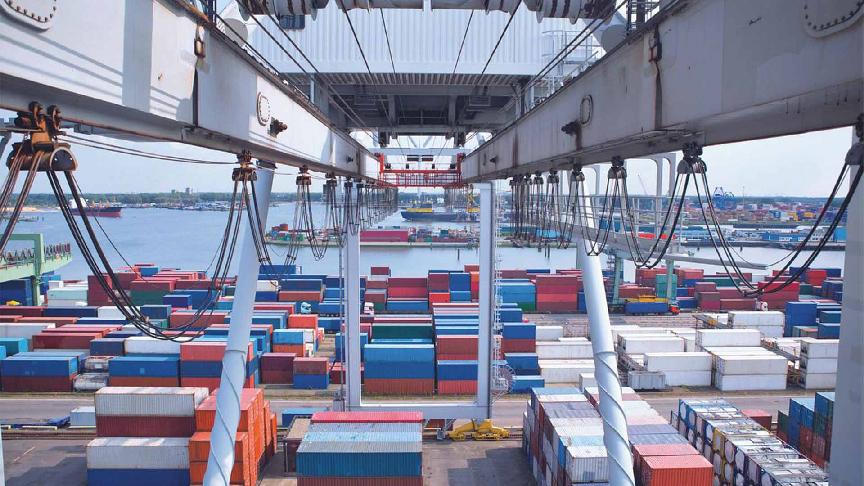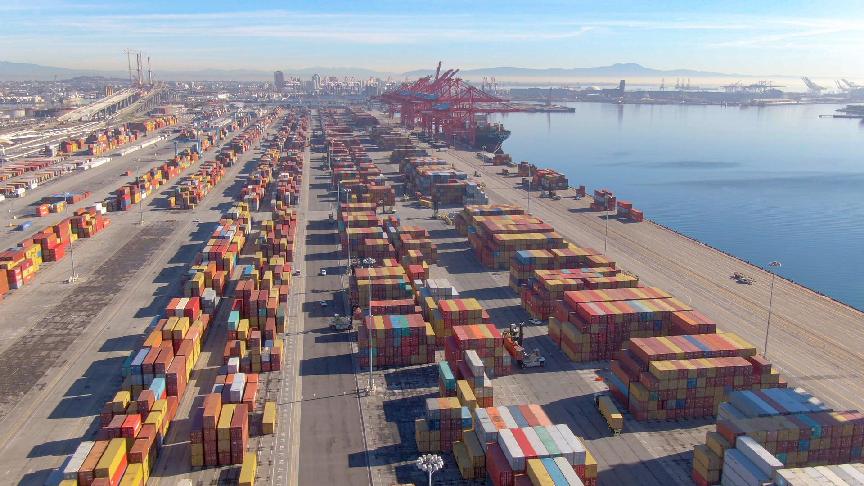A further inventory reduction is required to lift business activity
U.S. real gross domestic product (GDP) grew by 1.1% in the year's first quarter, a marked decline from the previous quarter. The latest report also illustrates two consecutive quarters of slowing growth, and many economists predict that more pain is in the pipeline.
According to a Wall Street Journal poll, experts predict that the growth decline will continue in Q2 and turn negative in Q3 before trending up again.
"Both CEOs and consumers are looking around the corner and not expecting good things in the six to nine months ahead," noted Erik Lundh, principal economist at the Conference Board.
On a brighter note, the share of GDP growth attributed to personal consumption reached the highest point since the quarter ending June 2021. Consumers continued to flex their remaining spending power, fueled by excess savings carried over from the pandemic era as well as more recent income gains.
Furthermore, the U.S. Census Bureau's March report showed that retail inventory growth continued to slow on an annualized basis, falling to the lowest level since December 2021. While well above the pre-pandemic averages, the report shows steady progress towards an eventual drawdown.
While both trends are positive, the GDP report is rear-facing, and inventories need to fall significantly more so that we can start to see a pickup in business activity.

Domestically, home prices rose in February, according to the most recent S&P CoreLogic Case-Shiller National Home Price Index. This broke a losing streak over half a year in the making. While the impact of higher mortgage rates cannot be denied, it suggests that home buyers were again competing against each other.
Growth in China
Across the Pacific, China's National Bureau of Statistics released first-quarter data showing a 4.5% economic expansion compared to the same quarter last year, better than the 4.0% growth expected by experts polled by the Wall Street Journal. While this is generally good news for global trade, economists are split on the macro implications as the underlying data suggests that the growth can be attributed more to domestic spending than export production.
"Anyone looking for China to save the global economy this year might be somewhat disappointed," remarked Louise Loo, China economist at Oxford Economics.
Courtesy of our Kuehne+Nagel colleague William Hazlegrove, Sea Logistics Trade Lane Manager- Transpacific Eastbound






